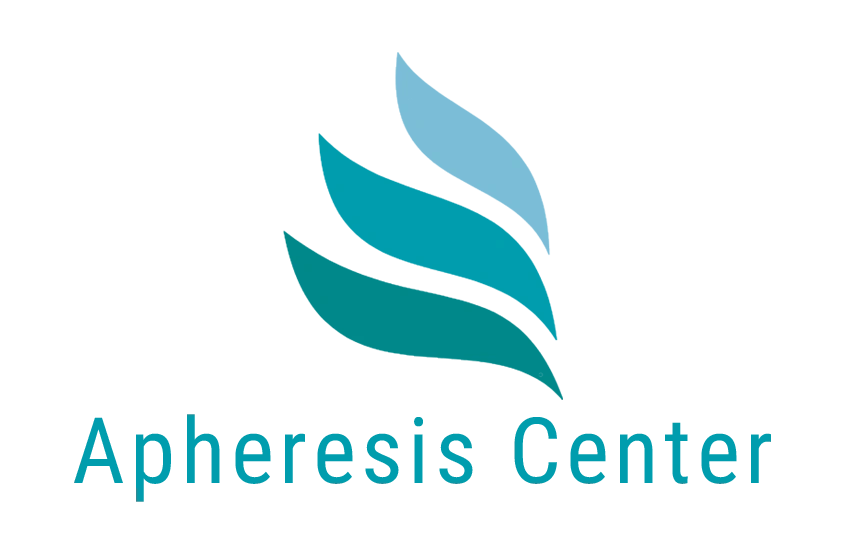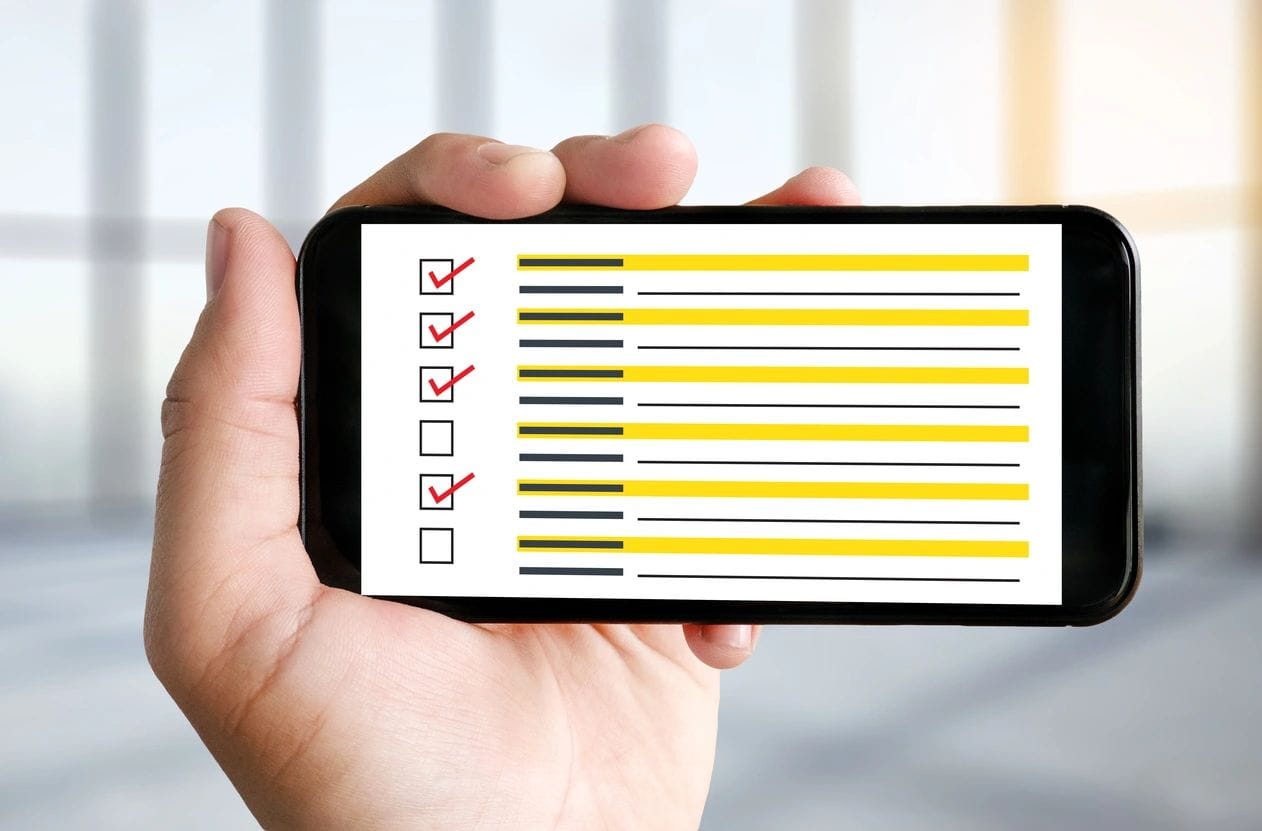Autore: Tanja Walser
Vivere nel mezzo: Il sistema nervoso nel lungo recupero COVID
Maggio è il mese della consapevolezza della salute mentale, un'occasione opportuna per esplorare la profonda connessione tra malattia cronica e benessere emotivo. Per le persone che stanno affrontando un lungo percorso di guarigione dalla COVID, la salute mentale è spesso messa a dura prova non solo dall'imprevedibilità dei sintomi, ma anche da cambiamenti neurologici e del sistema nervoso che cominciano solo ora a essere compresi.
Long COVID isn’t just “in your head” – but it does affect your brain and nervous system in powerful ways. Research shows how post-viral inflammation and nervous system dysregulation can lead to anxiety, brain fog, low mood, and emotional fatigue. By understanding how the nervous system is impacted, we can create more compassionate and effective strategies to support the body and mind through recovery.
Quanto a lungo COVID influisce sul sistema nervoso
One of the reasons Long COVID is so challenging is that it often impacts multiple branches of the nervous system – central, autonomic, and peripheral. Let’s briefly look at each.
1. Sistema nervoso centrale (SNC)
Il sistema nervoso centrale comprende il cervello e il midollo spinale. Le ricerche condotte mediante neuroimmagini dimostrano che alcune persone affette da COVID lunga presentano neuroinfiammazione, cambiamenti nella materia grigia e alterazioni nelle regioni associate alla memoria e alle emozioni. Ciò può contribuire a spiegare sintomi quali:
- Difficulty concentrating or remembering things (“brain fog”)
- Sbalzi d'umore o umore basso
- Sovraccarico sensoriale (luce, suoni, folla)
2. Sistema nervoso autonomo (ANS)
The ANS controls automatic bodily functions like heart rate, blood pressure, digestion, and temperature regulation. For many with Long COVID, this system becomes dysregulated – a condition often referred to as dysautonomia. This can manifest as:
- Palpitazioni o battito cardiaco accelerato (soprattutto in piedi)
- Vertigini o giramenti di testa (sintomi simili al POTS)
- Problemi digestivi
- Disturbi del sonno
- Una risposta allo stress accentuata o prolungata
Questo stato costante di "minaccia" può spingere il corpo in uno stato di dominanza simpatica, rendendo più difficile la guarigione o il riposo.
3. Sistema nervoso periferico (PNS)
Though less commonly discussed, the PNS can also be affected. Some people report tingling, burning, or numbness in limbs – a sign of small fibre neuropathy.
Perché la salute mentale è spesso compromessa
If you’ve found yourself feeling more anxious, emotionally flat, or mentally exhausted, you’re not alone – and you’re not imagining it.
When the nervous system is inflamed or dysregulated, the brain’s ability to modulate mood, manage stress, and process emotions is affected. Your internal resources are stretched thin, and the usual coping strategies may feel less effective. Some contributing factors include:
- Neuroinfiammazione, che è stata collegata alla depressione e alle alterazioni cognitive.
- Disregolazione del cortisolo e dell'asse HPA, che può alterare l'energia, la motivazione e la resilienza.
- Disturbi del sonno, che influiscono sulla regolazione emotiva e sulla memoria
- L'eccitazione autonoma, che può rendere difficile "spegnere" o rilassarsi
C'è anche il peso emotivo di vivere con una condizione cronica che è ancora incompresa da alcune parti della comunità medica o della società in generale.
The nervous system isn’t an isolated structure – it’s part of a dynamic, adaptive system that responds to environment, lifestyle, trauma, and inflammation. Supporting it doesn’t require perfection. Instead, it’s about providing the body with consistent signals of safety, nourishment, and regulation.
Ecco le strategie basate sull'evidenza che possono favorire il recupero e la resilienza del sistema nervoso.
1. Lavorate con il vostro sistema nervoso, non contro di esso.
Pushing through fatigue, ignoring symptoms, or trying to “power through” a crash often backfires. Instead, adopt the concept of pacing with self-compassion. This means:
- Pianificare le attività in base ai livelli di energia attuali
- Permettere il riposo senza sensi di colpa
- Tracciare i modelli (energia, sonno, fattori di stress) nel tempo
Many people find daily rhythms and predictability calming for the nervous system – even if your capacity is low. A simple morning or bedtime ritual can anchor your day.
2. Supporto del nervo vago
The vagus nerve is a key player in regulating the parasympathetic (rest-and-digest) state. You can’t will yourself into relaxation – but you can send gentle signals that it’s safe to soften. Low-effort techniques include:
- Slow diaphragmatic breathing (e.g., inhale for 4, exhale for 6–8)
- Humming, chanting, or singing (activates vagal tone)
- Cold water splashes on the face (brief and not extreme)
- Gargling (stimulates vagus through throat muscles)
- Connessione sociale sicura, anche virtuale
Anche se possono sembrare piccole, nel tempo allenano il sistema nervoso verso una linea di base più regolata.
3. Pratiche somatiche dolci
Somatic (body-based) approaches can help discharge stress and build interoception – your ability to sense internal signals. Practices that can be tailored to energy levels include:
- Yoga ristorativo o yoga nidra
- Scansioni del corpo ed esercizi di grounding
Queste pratiche spostano il corpo da uno stato difensivo a uno di apertura e riparazione.
4. Creare micro-momenti di sicurezza
If you’ve been living with heightened threat signals – physically or emotionally – your nervous system may be in a chronic state of hypervigilance. Even tiny moments of felt safety are powerful. Try:
- Sedersi alla luce del sole o alla luce naturale
- Avvolgersi in una morbida coperta
- Ascoltare musica rilassante o suoni della natura
- Guardare immagini calmanti (ad esempio, alberi, oceano, animali domestici).
- Coinvolgere i sensi (ad es. oli essenziali, tisane)
These aren’t “nice extras” – they’re information. You’re showing your nervous system it’s safe to shift gears.
5. Ricostruire la resilienza, con delicatezza
Nervous system regulation isn’t about “bouncing back” quickly – it’s about building capacity over time. This might include:
- Prioritising consistent sleep-wake times (even if sleep is fragmented)
- Taking tech breaks to reduce sensory overload
- Spending brief time in nature or natural environments
- Setting gentle boundaries to avoid overwhelm
Cercate piccole abitudini ripetibili di cui il vostro corpo possa fidarsi.
Il corpo ricorda come guarire
Recovery from Long COVID is complex, but the body is not broken – it’s responding intelligently to overwhelming input. Nervous system support doesn’t promise instant results, but it lays a foundation for gradual, sustainable healing.
During Mental Health Awareness Month, it’s important to acknowledge that mental health is physical health – especially in conditions like Long COVID. Nervous system care is a vital part of recovery, not an optional extra. You are not weak for struggling – your body is doing its best to protect you.
C'è un percorso da seguire, anche se è tortuoso.
If you’re curious about how functional medicine health coaching could help in your own Long COVID recovery, Tanja offers a free 20-minute conversation to explore what next steps might feel most supportive for you. Click here to book a time that suits you.


